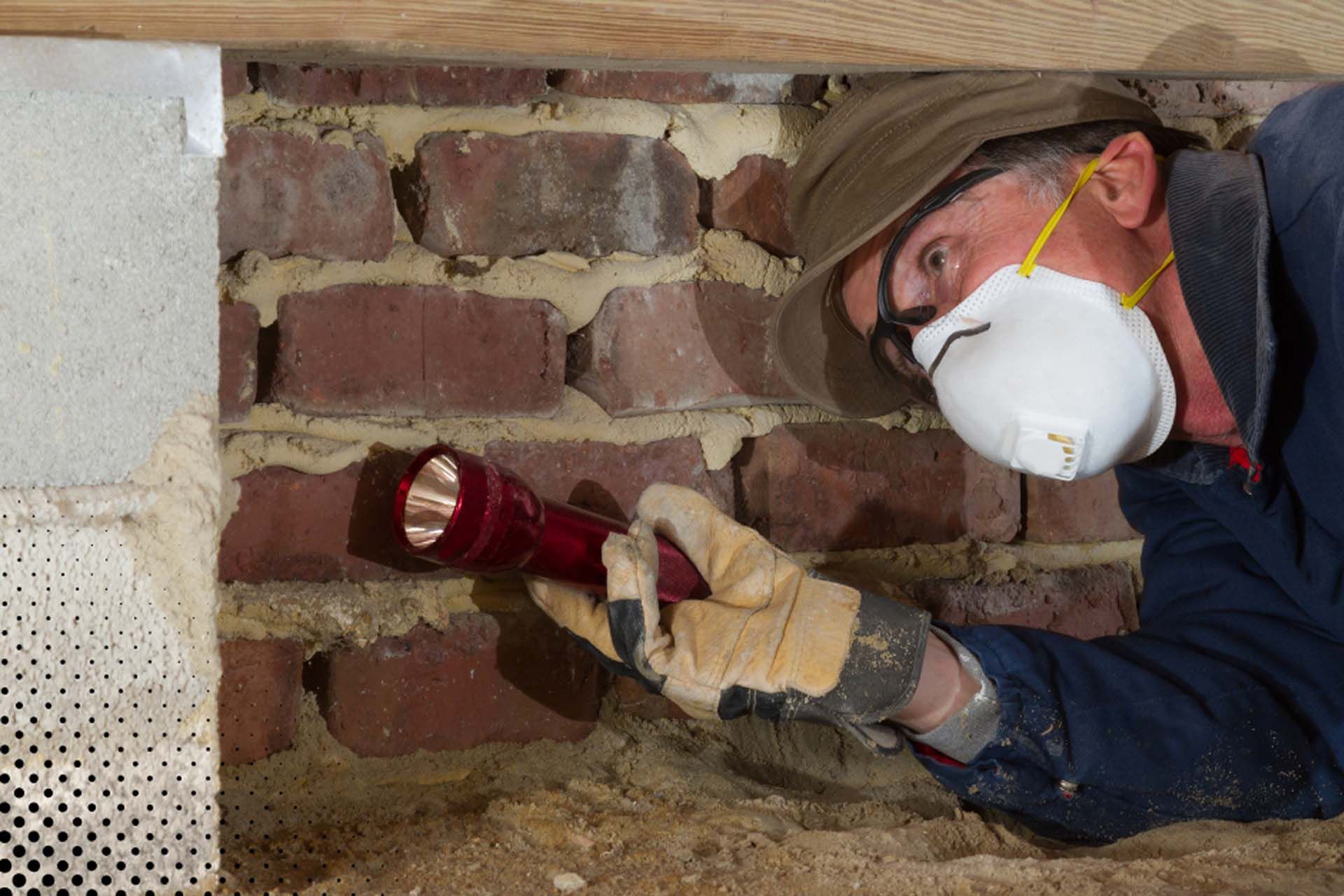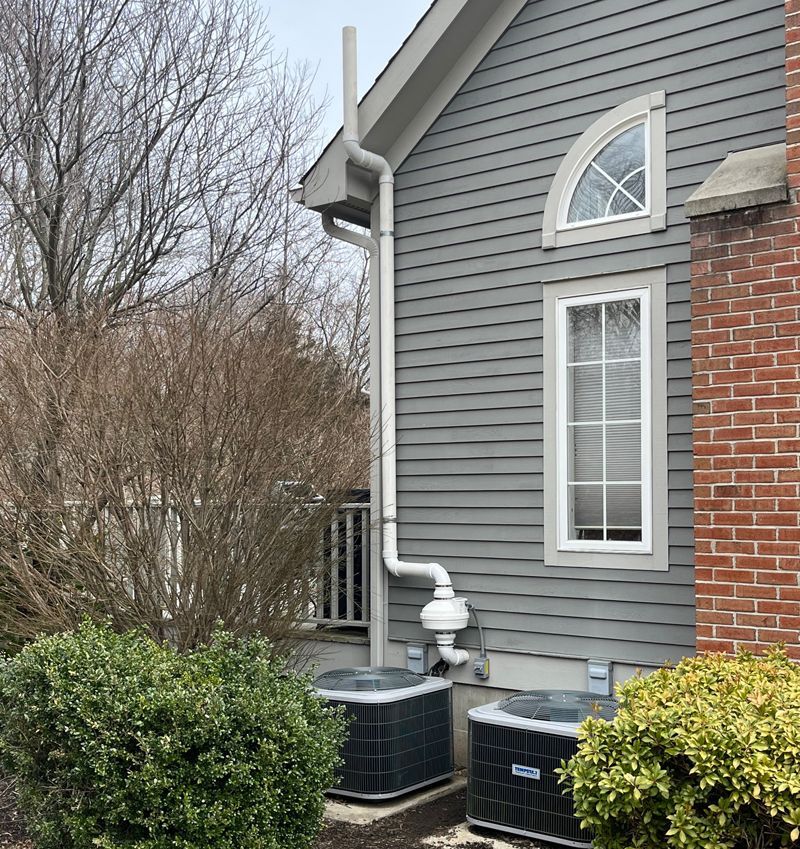Radon gas is a radioactive gas that can cause lung cancer if inhaled over a long period of time. It is odorless, colorless, and tasteless, making it impossible to detect without specialized equipment. Connecticut is one of the states in the United States with high levels of radon gas in many homes. Therefore, it is essential to understand what radon gas is, how it enters your home, and how you can mitigate it to ensure that you and your family are safe from the harmful effects of this gas. In this comprehensive guide, we will discuss all the aspects of radon mitigation in CT, including what radon gas is, how it enters your home, how to test for it, and the different mitigation methods available.

Table of Contents
What is Radon Gas?
The Risks Associated with Radon Gas
How Radon Gas Enters Your Home
How to Test Your Home for Radon Gas
Understanding Radon Levels
Radon Mitigation Methods
DIY vs. Professional Radon Mitigation
Choosing a Radon Mitigation Contractor
How Much Does Radon Mitigation Cost in CT?
Radon Mitigation System Maintenance
Benefits of Radon Mitigation
Radon Mitigation and Real Estate Transactions
Radon Mitigation Incentives in CT
Radon Mitigation FAQs
Conclusion
1. What is Radon Gas?
Radon gas is a radioactive gas that occurs naturally in the ground. It is formed by the decay of uranium and radium in the soil. As the gas is produced, it moves up to the surface, where it can enter buildings and homes through cracks and other openings. Radon gas is a serious health hazard because it can cause lung cancer if inhaled over an extended period.
2. The Risks Associated with Radon Gas
Radon gas is the second leading cause of lung cancer in the United States after smoking. According to the Environmental Protection Agency (EPA), radon gas causes around 21,000 lung cancer deaths each year in the United States. It is estimated that one in 15 homes in the United States has high levels of radon gas.
3. How Radon Gas Enters Your Home
Radon gas can enter your home through cracks in the foundation, walls, and floors. It can also enter through gaps around pipes, wires, and sump pumps. Radon gas can even enter your home through well water. The gas is more likely to enter your home if you have a basement or crawl space.
4. How to Test Your Home for Radon Gas
Testing your home for radon gas is the only way to know if you have high levels of this gas. You can purchase a do-it-yourself radon test kit or hire a professional to perform the test for you. The most common types of radon tests are short-term tests, which take between two and 90 days, and long-term tests, which take more than 90 days.
5. Understanding Radon Levels
Radon levels are measured in picocuries per liter (pCi/L). The EPA has set a recommended action level of 4 pCi/L. If your home has levels of radon gas above this level, you should consider taking action to reduce the levels.
6. Radon Mitigation Methods
There are several methods for mitigating radon gas in your home. The most common method is installing a radon mitigation system, which involves drilling a hole in the basement floor and installing a vent pipe to draw the radon gas out of your home and vent it to the outside. Other mitigation methods include sealing cracks in the foundation and improving ventilation in your home.
7. DIY vs. Professional Radon Mitigation
While some homeowners may consider doing radon mitigation themselves, it is highly recommended to hire a professional radon mitigation contractor like The Go2Guys. We have the expertise and equipment necessary to effectively reduce radon levels in your home.
8. Choosing a Radon Mitigation Contractor
When choosing a radon mitigation contractor, it is essential to do your research and select a reputable, licensed professional. Look for contractors who have experience and certification in radon mitigation and who offer warranties on their work.
9. How Much Does Radon Mitigation Cost in CT?
The cost of radon mitigation in CT can vary depending on several factors, including the size of your home, the extent of the mitigation required, and the contractor you hire. On average, homeowners in CT can expect to pay between $1,200 and $2,500 for radon mitigation.
10. Radon Mitigation System Maintenance
Once your radon mitigation system is installed, it is important to perform regular maintenance to ensure that it continues to work effectively. This includes replacing the fan, checking for blockages, and monitoring radon levels.
11. Benefits of Radon Mitigation
Reducing radon levels in your home can have significant health benefits for you and your family, including reducing the risk of lung cancer. Additionally, installing a radon mitigation system can increase the value of your home and provide peace of mind.
12. Radon Mitigation and Real Estate Transactions
If you are buying or selling a home, it is important to test for radon gas and disclose the results to potential buyers. In some cases, radon mitigation may be required as a condition of the sale.
13. Radon Mitigation Incentives in CT
There are several radon mitigation incentives available in CT, including tax credits and low-interest loans. These incentives can help offset the cost of radon mitigation and encourage homeowners to take action to reduce radon levels in their homes.
14. Radon Mitigation FAQs
Can I test for radon gas myself?
Yes, you can purchase a do-it-yourself radon testing kit from a hardware store or online. However, it is recommended that you use a certified radon testing professional to ensure accurate and reliable results.
How long does it take to install a radon mitigation system?
The installation time for a radon mitigation system can vary depending on the size of your home, the extent of the mitigation required, and the contractor you hire. On average, installation can take between 1-2 days.
Will a radon mitigation system remove all radon gas from my home?
While a radon mitigation system can significantly reduce radon levels in your home, it is unlikely to remove all radon gas. However, the system can reduce radon levels to a safe level recommended by the EPA.
How often should I test for radon gas?
The EPA recommends testing for radon gas every two years or when significant changes have been made to your home's heating, ventilation, and air conditioning system.
What should I do if I have high levels of radon gas in my home?
If you have high levels of radon gas in your home, it is recommended that you hire a licensed professional radon mitigation contractor to install a mitigation system. Regularly monitoring your home's radon levels and performing maintenance on your mitigation system can help ensure that your home remains safe from the harmful effects of radon gas.
15. Conclusion
Radon gas is a serious health hazard that can be found in many homes in CT. Testing for radon gas and installing a radon mitigation system can help protect you and your family from the harmful effects of this gas. When choosing a radon mitigation contractor, be sure to select a reputable professional with experience and certification in radon mitigation. Regular maintenance of your mitigation system is also important to ensure its continued effectiveness. By taking action to reduce radon levels in your home, you can enjoy the peace of mind and health benefits that come with a safe living environment.


